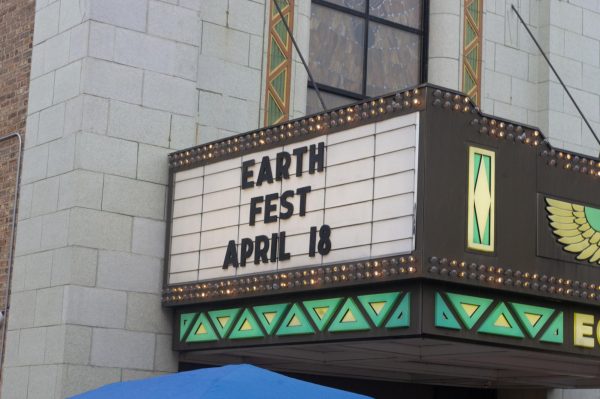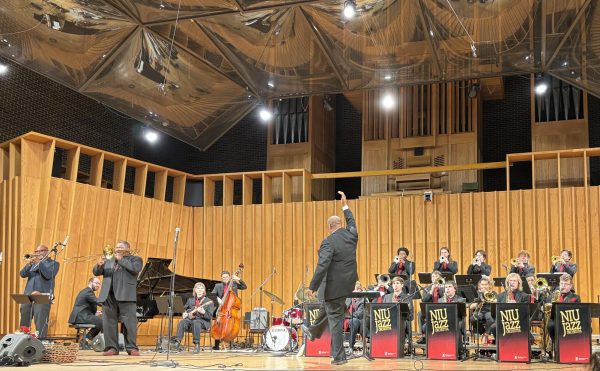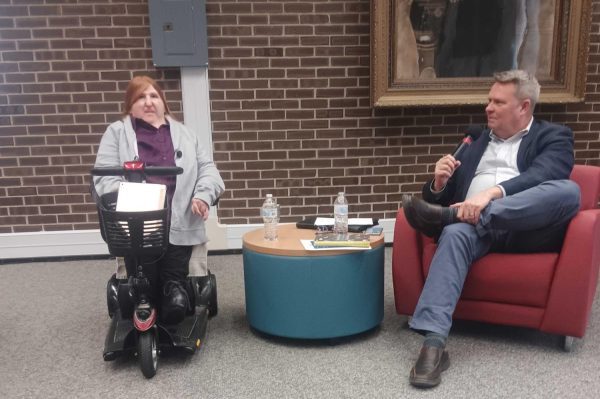Horror films no longer scary, just gross
October 24, 2007
Anyone who has seen a horror film in the last decade can identify the increase in graphic violence.
The horror movie genre is brushing away the scares and putting blood and guts in their place. Gore has replaced terror as the dominant force of entertainment horror. Not many people can remember the last time they were in a movie theater and shielded their eyes in fright rather than disgust. Many scary movies of the past have petrified audiences everywhere, not by exaggerating the sadism, but by using the tool of implication. Sometimes, what is implied is more disturbing than what is revealed in horror films because implications allow the audience’s imaginations to run wild, inevitably succumbing to their own worst expectations (the original “Texas Chainsaw Massacre” is a perfect specimen).
Now, it seems the current generation of movie watchers is presented with a gore-fest of shallow films, which are good for nothing but shock value.
A film should reach out to an audience and challenge them to come forward and meet it at some shared destination. Grossing an audience out allows them to be lazy.
Yes, it is a bit of a double standard to suggest that all morbid films should strive to be intelligent but, then again, most intelligent films have no reason to be excessively violent.
People attend films to be entertained and stimulated, and the current array of horror movies being made today are simply visual documents that depict how many diverse ways people can die – much like the demented video phenomenon “Faces of Death.” Death, pain and suffering have become overly important in films today (“Final Destination” anyone?). What happened to real fear? Recall Alfred Hitchcock’s “Psycho” (1960). More intriguing and eerie than the way Marion Crane died was the way Norman Bates lived. Go figure.
The gore in movies is not the problem. It is the over-saturation of the market with these gruesome films in proportion to their less macabre predecessors. That is not to say films that rely on gore aren’t at all enjoyable. Neil Marshall’s “The Descent” (2005) is proof that a bloody mess in a movie should complement an already standing fear factor and not be the feature presentation.
For too long, the horror genre waited for the likes of another Hitchcock or young Wes Craven. They made people uneasy about taking showers and going to sleep. And what have films like the “Saw” series made us afraid of? Getting kidnapped by terminally ill homicidal geniuses who concoct devices of extreme torture and demise? Highly unlikely. Perhaps it’s simply death, in any fashion, that frightens and mesmerizes us. If that is the fascination, then the wrong people are going to the movies for the wrong reasons.









